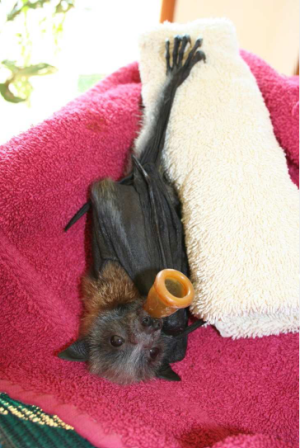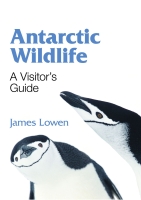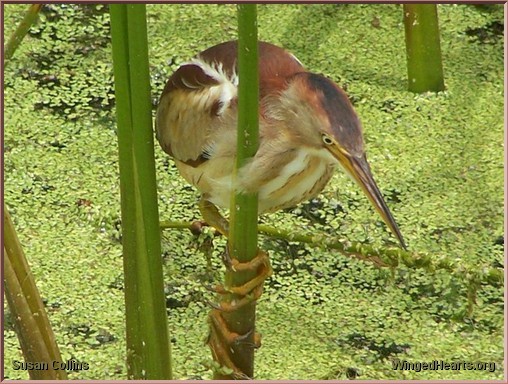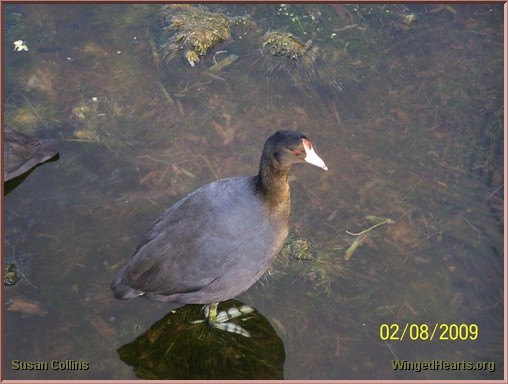courtesy Bats Qld and Long Grass Wildlife Refuge Centre
 The incidence of Australian Bat Lysavirus (ABLV) in wild bats is about the same as the incidence of HIV in humans: between .09% and 1.2% of free-living population (1,2)
The incidence of Australian Bat Lysavirus (ABLV) in wild bats is about the same as the incidence of HIV in humans: between .09% and 1.2% of free-living population (1,2)
The instance is higher in sick animals that come into care. Bats with ABLV always die.
Responsible for two deaths (one of whom refused treatment). Post and pre-exposure treatment is 100% effective - not one vaccinated person has died from ABLV.
ABLV is saliva-borne and lives a short time outside the body.
ABLV kills. Vaccination is ESSENTIAL. In every continent except Australia and Antartica veterinarians, carers and members of the public are routinely vaccinated.
Humans catch Hendra (originally equine morbillivirus) from horses, not bats
No bat carer has ever caught Hendra. Screening 128 long-term bat carers found none had detectable antibodies (Selvey at al., 2006)
Bats do not suffer from or die from Hendra, but authorities have found antibodies in the amniotic fluid of bats and suspect they may be a host for the disease.... however
"This is all speculation though as we know that bats carry the virus but we don't know exactly how it gets into horses." Dr Stephen Prowse (2008), CEO of the Australian Biosecurty Cooperative research Centre for Emerging Infectious Disease




 The incidence of Australian Bat Lysavirus (ABLV) in wild bats is about the same as the incidence of HIV in humans: between .09% and 1.2% of free-living population (1,2)
The incidence of Australian Bat Lysavirus (ABLV) in wild bats is about the same as the incidence of HIV in humans: between .09% and 1.2% of free-living population (1,2)






